Fitting the time of reflection that is this time of the year, over the last few weeks I’ve been reflecting a lot on what it is that actually brought me to thinking about environmental physiotherapy. In many ways, these reflections were actually inspired by the overwhelming amount of messages that come in from all sorts of sources on a daily basis and that principally connect an interest in environmental issues to the currently predominant emergency narrative.
So what I’ve been feeling most acutely over the past few weeks is just how easy it is for me to get swept up in this narrative and everything that it entails. And so to talk about the need for sustainable healthcare, or planetary health, or an environmental physiotherapy, only because the climate crisis is also a health crisis, and so on, and so on. I would say that it is almost impossible to get around this messaging even if you have no interest in anything related to climate, environment, or similar, given how predominant it is in the media in general. So if you do have an interest in it and follow various sources to see what is happening, thought and talked about, there’s just so much more of the emergency narrative coming at you from everywhere you forget there is anything else, or rather, anything more.
But there is.
It’s an interesting point in time for alternative narratives also, because there are loads of people searching for, developing and living them all around the world. So at least for me personally, it felt almost liberating when it suddenly dawned on me a few days ago that the emergency narrative is not at all what originally brought me to environmental physiotherapy. Writing about this then, is part of an effort and interest in remembering that and keeping it more present in my day to day life and thinking.

Filip Maric (PhD)
PT, EPA Founder
Filip Maric is a physiotherapist and researcher interested in the outer rims of healthcare and physiotherapy, practical philosophy, ethics, #EnviroPT, planetary health and sea kayaking.
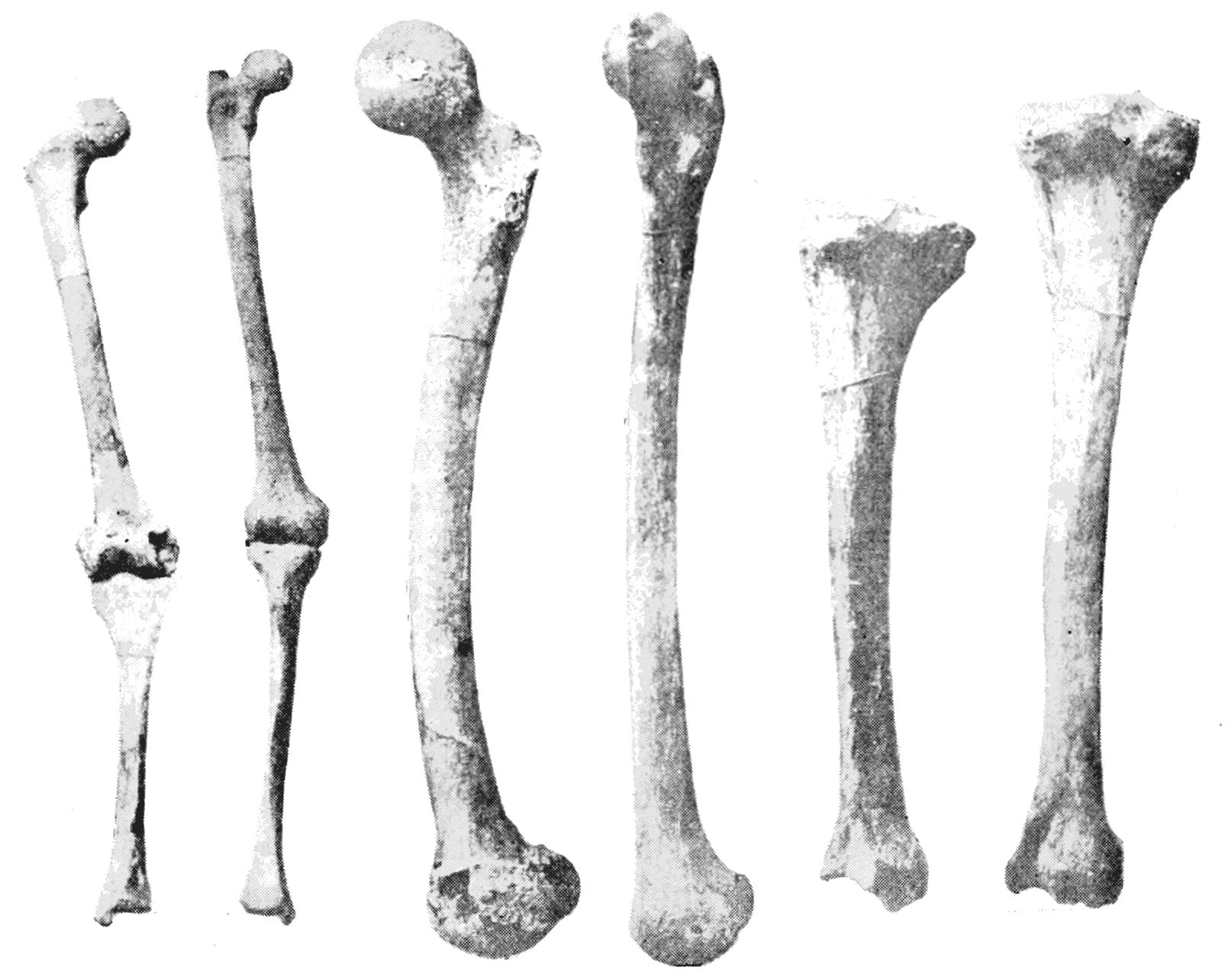
“Located in the relationship between the self and the other… ethics is something so deeply and disturbingly intrinsic to us, it is effectively that which constitutes our very physicality and subjectivity. It is… what makes up our every cell and fibre… skin, flesh, bone and marrow.”
To explain my whole alternative narrative feels way too complex and lengthy for a blogpost and I am ultimately working on an article series that will try to retrace it in detail, though admittedly somewhat slowly. The first article in this series – The fundamental violence of physiotherapy – is also already available for reading while it is going through review in the OpenPhysio Journal, but how what we are discussing there relates to environmental physiotherapy will likely not be very evident.
So to just jump straight in the deep end, I will just throw out a few big terms and ideas here that I developed in my doctoral thesis titled Physiotherapy and Fundamental Ethics: Questioning Self and Other in Theory and Practice. The ideas might sound quite cryptic here without full explanation, but they might nonetheless provide something of interest to those thinking about otherwise approaches to (environmental) physiotherapy.
What I did in my doctoral research was to draw on a range of disparate philosophical and practical sources that do not form part of the general physiotherapy canon to, firstly, critique physiotherapy from the perspective they afford and, secondly, think about how physiotherapy could be reconfigured, or, otherwise thought of and practiced coming at it from that same perspective. For the purpose of this blogpost though, it was particularly the work of Emmanuel Levinas that provided me the philosophical inspiration for developing a radically different foundation for physiotherapy theory and practice.
Not related to physiotherapy or healthcare at all, Levinas’s work principally provides a radically different understanding of ethics from how ethics is normally thought of in philosophy, let alone in the healthcare professions and physiotherapy. Because of its subtleties and intricacies it really pains me to do this, but let’s just say that Levinas describes ethics as something fundamental to human existence, rather than some kind of moral or contractual rules of behaviour that are developed in hindsight, or when we need them for one or another reason.
What is of particular interest to physiotherapy, is that he describes ethics as being so fundamental that it permeates our very skin, flesh, bone, and marrow. Located in the relationship between the self and the other prior to our being able to choose to act this way or that way, according to Levinas, ethics is something so deeply and disturbingly intrinsic to us, it is effectively that which constitutes our very physicality and subjectivity. It is what makes us up so to speak, what makes up our every cell and fibre.
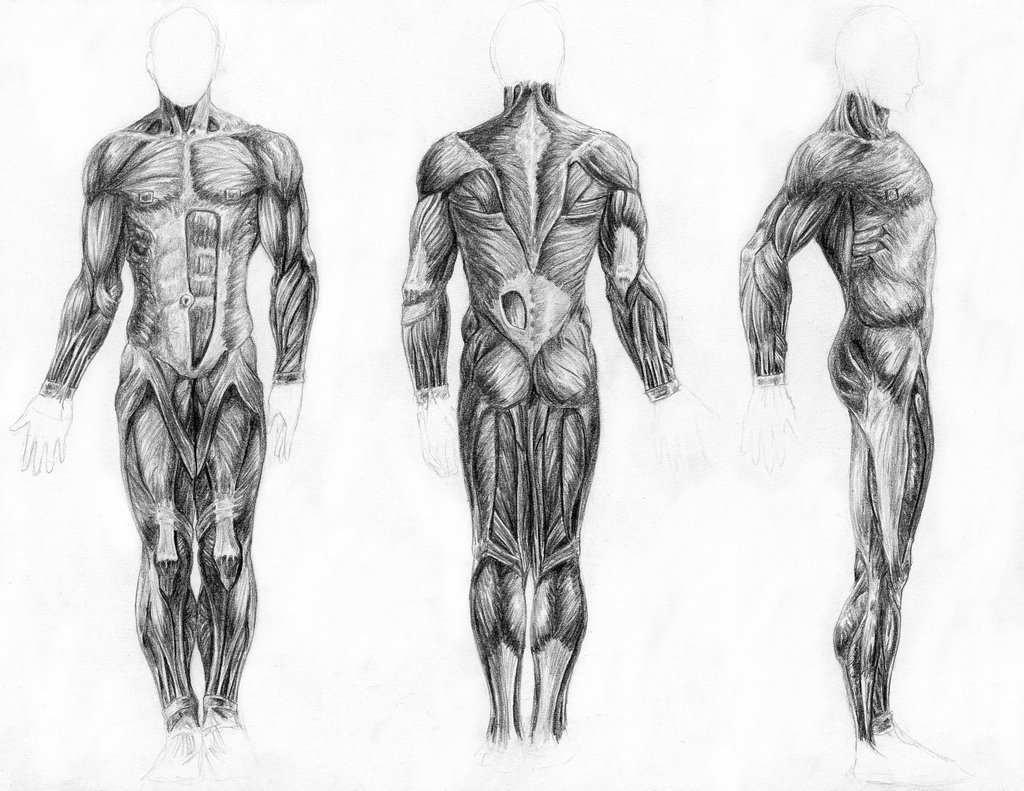
This intensely embodied, material nature of ethics that Levinas also makes palpable using terms such as vulnerability, susceptibility, and sensibility, is what ultimately led me to arguing that we could also relatively directly translate it into terms more familiar to physiotherapy. To do so, we could begin with the idea that we, the self, or our-selves are somehow intimately bound to our bodies, to our physicality. To be very crude, this is the idea that where there is no body, there is no self. This part is fairly straight-forward I think and something that most physiotherapist would probably readily agree to.
But things get a little more complex from here maybe, first, with the idea or recognition that we, or, our bodies are always already in a relation to others and – here comes an important bit – that we always already support their existence by way of our physical distinction from them.
Very crudely again, the idea here is that me being me, standing here, differentiated from you via the confines of my physicality, affirms you being you, uniquely, different from me. So we could say that this bodily acknowledgement and affirmation of you, the other, as wholly and irreducibly other is the most fundamental ‘expression’ of ethics, or maybe in more Levinassian terms, an indication of a fundamental responsibility for the other.
Now if this acknowledgement of the other could also be termed a ‘service’ for the other (however peculiar this service might be) and you then dig into the etymology of the term ‘therapy’ a little bit, you will find that they link up in a really exciting way, insofar as therapy comes from a Greek term literally meaning ‘to attend (to), do service, and take care of’ (see e.g. here). And so if you put 1 + 1 together at this point you come to this really wonderfully interesting understanding where you can say that, because the (freely and unconsciously given) fundamental affirmation of the other is a ‘service’ provided through and with the body, that this is what the body is first and foremost: a physical therapy for the other.
I suppose this might come across as about as whacky and far removed from the meaning we normally ascribe to the term ‘physical therapy’ as it gets. But let’s just say that this kind of wacky thinking is probably also very necessary if you are looking for the otherwise. You just can’t think or do anything differently if you keep stirring the same pot, mixing the same ingredients over and over and over again. Sometimes, and there is really great pleasure in this, you just have to venture to the outer rims of your normal frame of thinking and doing to discover something new, often frightening, but regularly inspiring and energising.
I am leaving out a huge amount of explanation here (you might want to check Chapter 4 of my doctoral thesis if you are now more curious about this), but to me, the thought of the body as physical therapy has ever since provided me with the foundation for not only a completely different and fascinating way to think about and practice physiotherapy, but also for perceiving my own physicality and sense of self. Sure, it sounds a fair bit strange at first contact, but it absolutely still keeps me wanting to investigate it more.
“…me being me, standing here, differentiated from you via the confines of my physicality, affirms you being you, uniquely, different from me.”
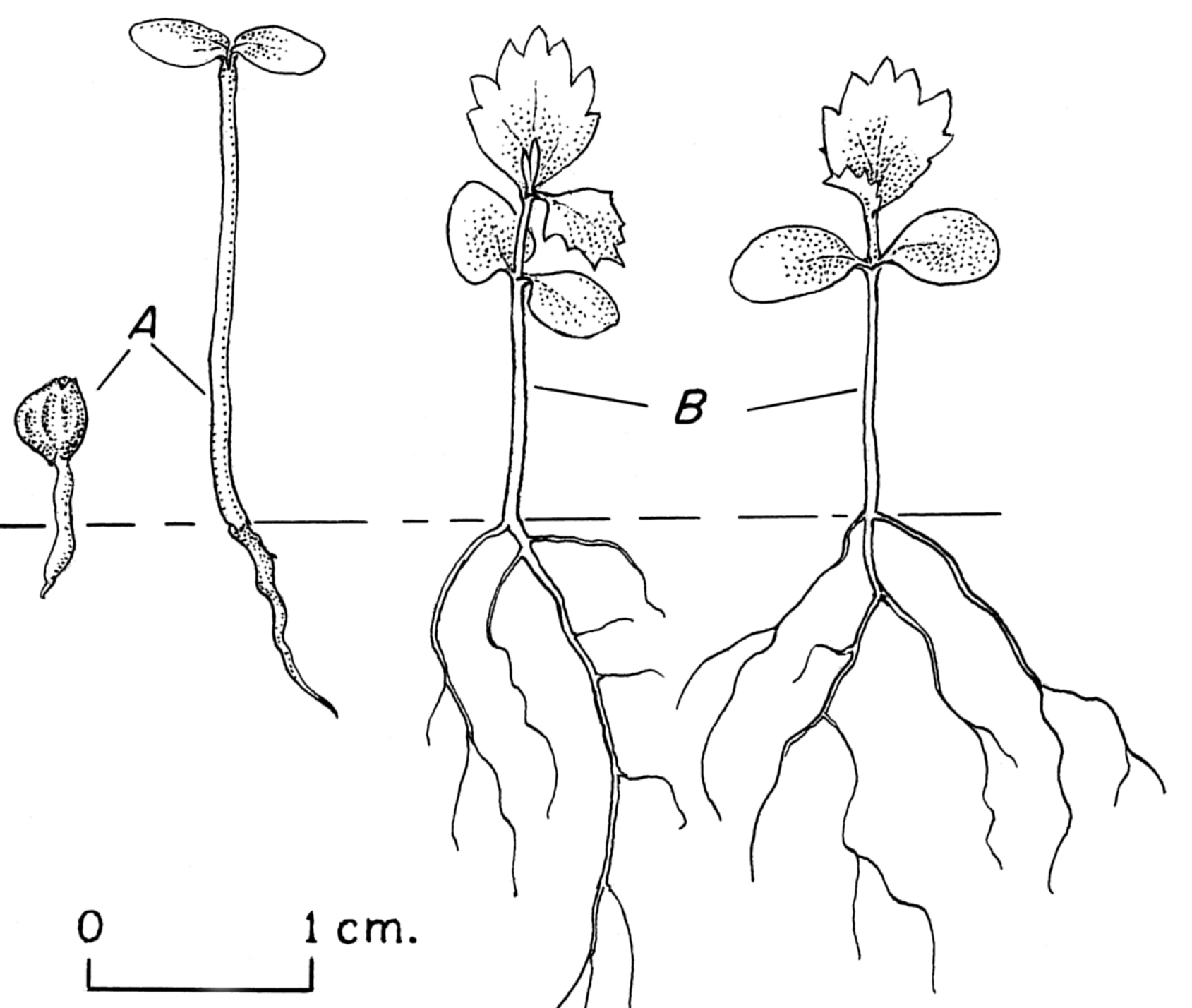
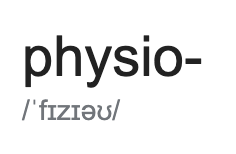

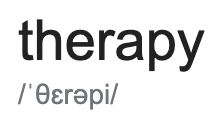

What virtually exploded even this conception to a previously not even thought about extent for me and provided the final link to environmental physiotherapy, however, included some more of my playful exploration of the etymology of the prefix ‘physio-‘ that I am personally more familiar with denoting the physiotherapy profession (for the simple reason that I was socialised into it in Germany and then New Zealand). ‘Physio-‘ then derives from the old Greek term ‘physis’, meaning ‘nature’, which can in turn be traced back to the Proto-Indo-European term ‘*bheue’, meaning to be, exist, or grow (see for example here).
If you then keep in mind the factually far more interchangeable use of the terms ‘physical therapy’ and ‘physiotherapy’ in reference to our profession internationally, and put this together with what I have described so far, you can now rephrase the above by referring to the body as physiotherapy, a physical structure responsible for and in service of all and everything that grows, rather than just the human other.
Ok, final twist and bend on this physiotherapy roller coaster ride: To momentarily divorce the terms physical therapy and physiotherapy from the way we normally speak, think of, and use them by referring to the body first as physical therapy, and now also physiotherapy, also means that you can now return to them in a radically different way. At least for me, this also meant to really seriously begin thinking about what it could mean if physiotherapy was, as its name would have it, at its core, a service for all and everything that grows. How would it look and what would we do if we recognised a fundamental responsibility not just for human others, but also for animals (as some of our colleagues already are), and further beyond that, for the environment as a whole?
There are undoubtedly many more ways to come to environmental physiotherapy, but this might give you a bit of an insight into my somewhat ‘go way out there to get back here’ or ‘de-tourist’ one (gets me wondering if ‘de-tourism’ is a thing already… hm.. more research to do…). It will definitely do as a reminder for myself and I will continue to fill in the gaps a little more in the future to make it all a little more understandable. What it does for me at any rate, is to provide a path to environmental physiotherapy that allows me to also think about issues outside of the emergency narrative and have my approach to environmental physiotherapy also be grounded in emotions other than overwhelm, fear, panic, and haste. I suppose that might be a peaceful note to end the year with.


Love the idea of body as physiotherapy!
Thanks for reading Karien. I really love this notion too and it continues to inspire my thinking and even day to day life.
Wow, thank you!
What you have written is very close to the outlook and thoughts I have had for many years, but have been unable to put into words. English is not my native language. I became a physio late in life and have struggled to feel at home in the professional community. It seems that I can relate to more and more to the body of that community quite recently. We live in an interesting time, certainly:)
Many thanks for your kind words and reading the blogpost Anna. Gladly I think there are more and more people in our profession who are think ever more broadly and otherwise about it and I’m very happy about that too. Hope we can exchange ideas more in the future.
All great interesting points. I would note, as a parallel, the use of animals, particularly dogs, in mental (and by extension physical (‘physio’)) therapy in treating mood (and other) disorders. Scientists have noted that the simple act of stroking a dog causes changes in our various hormone release mechanisms that alter and positively affect our mood and well-being. No small wonder they have been with us for so long after all! What is equally as fascinating is the same affect applies backwards to the dog! By treating one, we are treating the other – yet again interconnection natural therapies and in this case across species.
Thanks for your comments Colin. I couldn’t agree more and also noted some of my ideas along those lines in another recent blogpost here: http://environmentalphysio.com/2019/11/07/the-x-files-animals-in-physiotherapy/ but I am working on drawing these aspects out even more for the wider physiotherapy audience.